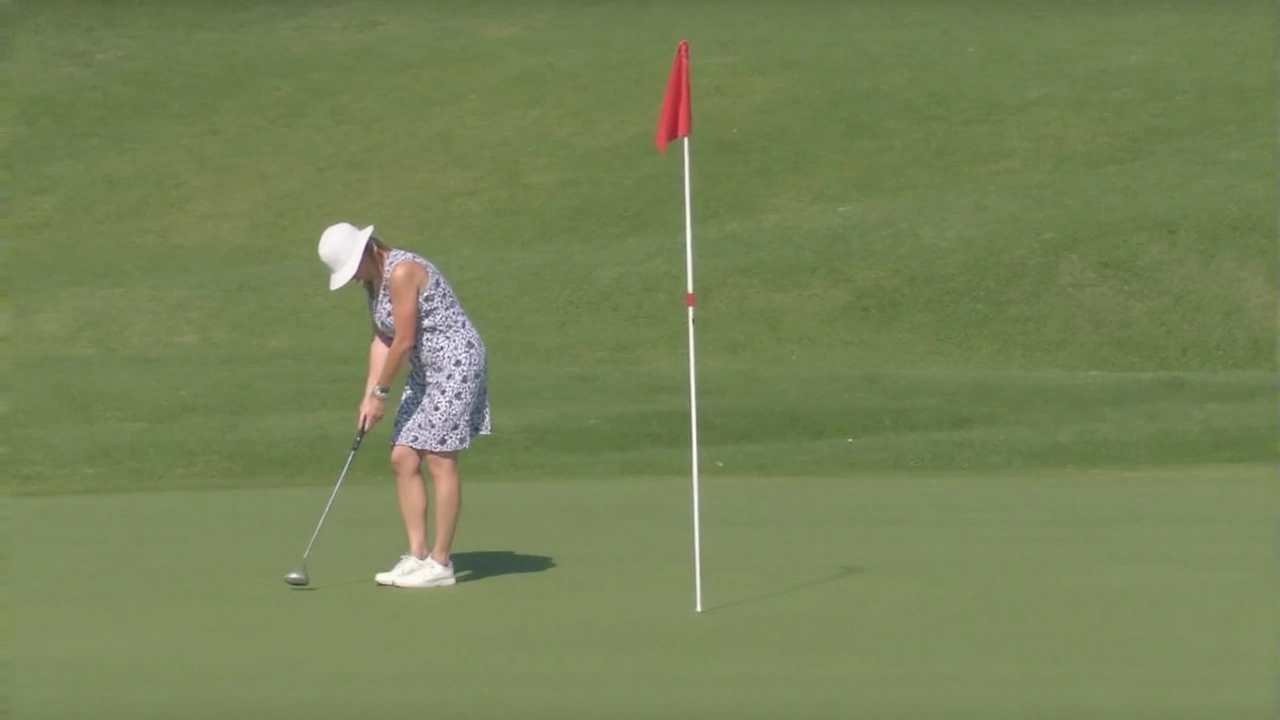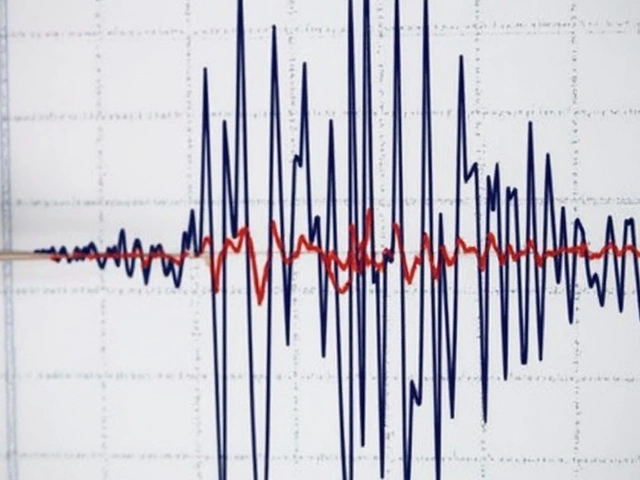Hot Weather: Practical Tips to Keep Cool and Safe
When the temperature climbs, it’s easy to feel dragged down. The good news is you don’t need fancy gadgets to survive a heatwave – a few everyday tricks can make a big difference. Below you’ll find hands‑on ideas you can start using right now, whether you’re at home, at work, or out for a weekend drive.
Instant Ways to Cool Down
First, focus on the things you can change in minutes. Turn on a fan and place a bowl of ice or a frozen water bottle in front of it – the air picks up the chill and feels noticeably cooler. If you have an air‑conditioner, set it to about 78°F (25‑26°C) and let the fans circulate that air. When the AC isn’t an option, close curtains or blinds on the sunny side of the house; sunlight can raise indoor temps by 10°F or more.
Hydration is another quick win. Keep a water bottle at your desk and sip often – you don’t have to wait until you’re thirsty. Add a squeeze of lemon or a pinch of salt to help replace electrolytes lost through sweat. If you’re exercising outdoors, try the “shade‑first” rule: start in a shaded spot, then move to the sun only for short bursts.
Clothing matters too. Light‑colored, loose‑fitting fabrics like cotton or linen let air flow and reflect heat instead of trapping it. Swap heavy shoes for breathable sneakers or sandals, and wear a wide‑brimmed hat if you’re out for long periods.
Long‑Term Heat Protection
Beyond the immediate fixes, set up habits that protect you over the whole season. Schedule demanding tasks for early morning or late evening when the sun isn’t at its peak. If you work from home, position your desk near a window that gets shade in the afternoon, or invest in a low‑cost evaporative cooler for the room.
Keep your home plant‑friendly. Some indoor plants release moisture through a process called transpiration, which can add a subtle cooling effect. Place them near windows that get direct sun – they’ll absorb heat and give you fresher air.
When you’re driving, park in the shade or use a reflective sunshade on the windshield. Crack the windows open for a few minutes before you get in to let hot air escape. Once you’re on the road, set the AC to a comfortable temperature and use the recirculate mode sparingly; fresh air helps keep the system from blowing stale heat.
Finally, watch for signs of heat‑related illness. Headaches, dizziness, nausea, or a rapid heartbeat can mean you’re overheating. If you notice any of these, move to a cooler spot, drink water, and rest. For kids and seniors, check on them frequently – they’re more vulnerable to heat stress.
By blending quick fixes with a few smart habits, you can turn a scorching summer into a comfortable, enjoyable time. Keep these tips handy, share them with friends, and you’ll all stay cooler without breaking the bank.





